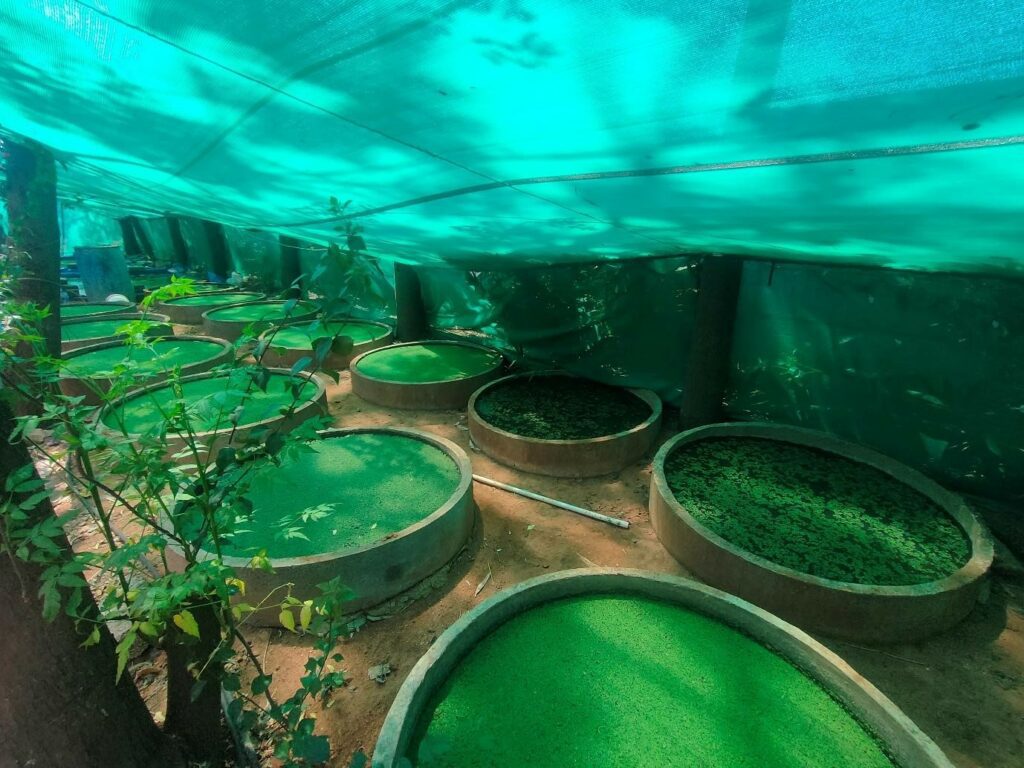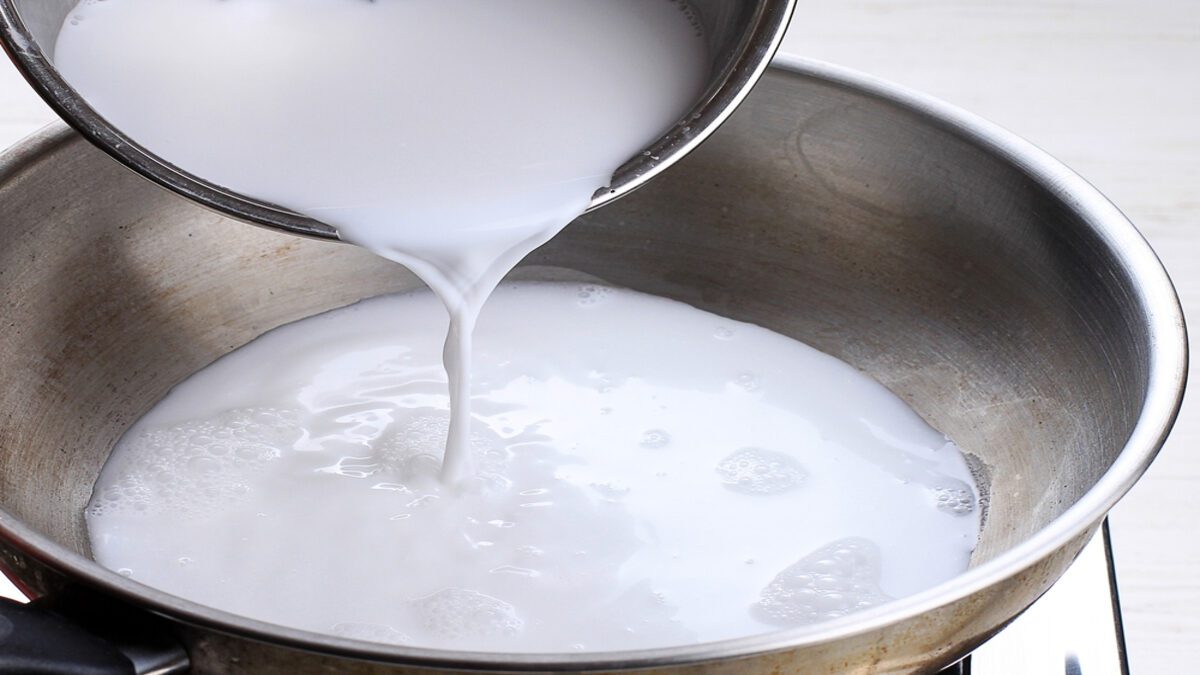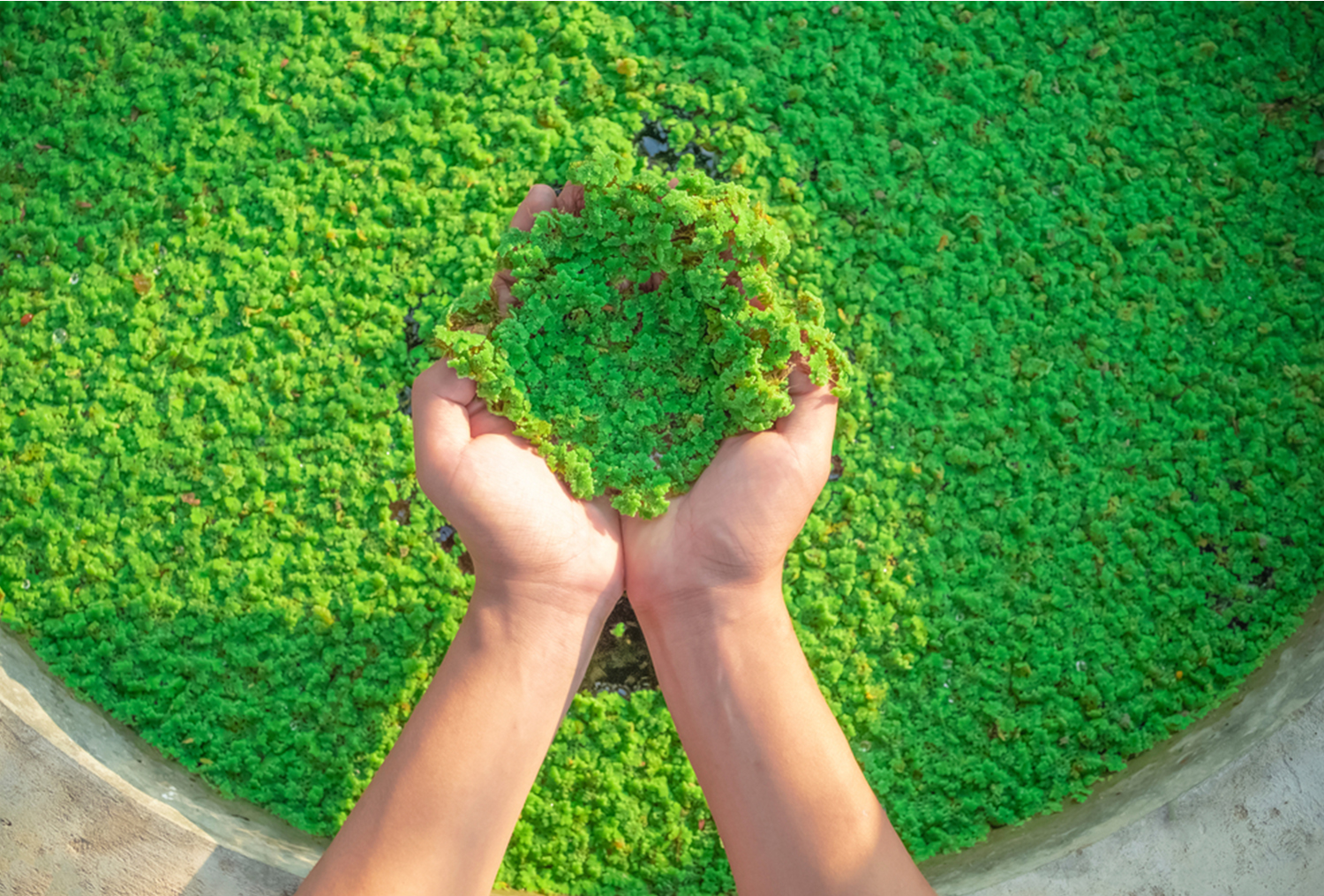
Ghee Vs Clarified Butter – Are they both the same?
May 24, 2023
Should adults drink milk?
July 24, 2023Top 5-factors to consider before buying the best milk
As reported by the Minister of Animal Husbandry & Dairying, India produced 221.06 million tonnes of milk in 2021-2022. However, how much of it is actually safe to drink? While supermarkets and grocery stores offer numerous options to choose milk from. It is necessary to ask: what makes milk pure and safe? In this informative piece, we shall explore the crucial factors to consider before buying the best milk for you and your loved ones. Let’s dig in!
Table of Contents
● Pasteurization
● Hygiene
● Free of antibiotics
● Suitable feed
● Traceability
- Pasteurization
When it comes to selecting good milk, the utilization of pasteurization is paramount, and its importance cannot be overstated. FSSAI (Food Safety and Standards Authority of India) mandates the pasteurization of raw milk to maintain the highest safety standards. Here, pasteurization of milk is the process of heating milk to a specific temperature for a set period to kill harmful bacteria and ensure its safety for consumption. It primarily serves two purposes: destroys harmful bacteria and naturally extends shelf life. The heating process during pasteurization destroys common bacteria such as Salmonella, E. coli, and Listeria, which can cause severe foodborne illnesses. This significantly reduces the risk of infections and helps maintain good health. By eliminating bacteria and enzymes that contribute to spoilage, pasteurized milk stays fresh for a longer duration. However, pasteurization shouldn’t be confused with homogenization which is also a method to extend shelf life by breaking down fat globules. Still, confused about what pasteurization is? Read our blog on Homogenized milk vs Pasteurized milk: Key Differences to know more.
Sid’s Farm utilizes pasteurization to eradicate harmful bacteria in milk and naturally prolong its shelf life. They achieve this by heating the milk to precisely 72°C and instantly chilling it to 4°C, ensuring the preservation of its nutritional value and quality. This meticulous process guarantees a safe and extended consumption period for their customers every morning. Sid’s Farm maintains state-of-the-art equipment to achieve precise heating and cooling, guaranteeing the elimination of bacteria while preserving the milk’s nutritional value. - Hygiene
Maintaining proper hygiene ensures that the milk you’re consuming is safe and free from harmful bacteria. Because nobody wants to risk getting sick, right? A clean and hygienic environment is essential to prevent contamination and the growth of harmful bacteria in milk. When the milking process and packaging take place in an unclean environment, there is a higher risk of introducing contaminants into the milk.
Unclean equipment, utensils, and storage containers can also become breeding grounds for bacteria, further jeopardizing milk safety. Poor hygiene practices during milk handling can lead to cross-contamination, where bacteria from one source spread to other surfaces or products.
By maintaining proper hygiene standards, milk producers like Sid’s Farm makes sure that the milk you buy is top-notch in terms of cleanliness. The farms are regularly inspected to ensure a clean and healthy environment for the cows, as their well-being directly impacts the quality of the milk produced. Utmost care is taken to ensure that the milking process is conducted in a clean and sanitized manner, without loss of hygiene. From sanitizing milking equipment to regularly disinfecting storage facilities, no stone is left unturned in preserving the milk’s nutrition and hygiene. - Free of Antibiotics
In Tropical countries like India, generally, antibiotics are used in dairy cattle for disease prevention and treatment, but the excessive use of antibiotics may lead to residue violation in animal-originated foods, especially in pure substances like milk.
Approximately two-thirds of the tonnage of antibiotics considered medically important to humans is sold for use in food-animal production. Regular consumption of this milk having even low levels of antibiotics may end up building antibiotic resistance in bacteria. Low-level antibiotics are routinely used for prolonged periods, even in healthy animals, to stave off disease and promote livestock growth. However, these substances can have adverse effects on our health. Food Safety and Standards Authority of India (FSSAI) amendment regulations, 2018 state tolerance limits for 103 antibiotics and veterinary drugs, and milk. Among the new provisions, 76 new antibiotics are either strictly prohibited or not intended for use in food-producing animals.
To ensure the purest milk, always look for milk product labels such as “No antibiotics” or “zero antibiotics”, this allows you to select milk that is free from any possible deviations and is benefiting from its wholesome dairy nutrition. - Suitable Feed
Nurturing healthy dairy cattle and the quality of milk is closely tied to the diet provided. Cattle that graze on natural pastures and receive a well-balanced feed produce milk that is rich in nutrients and superior in quality. Due to unstructured waste dumping and lack of husbandry practices cows often consume inedible substances like plastic, compromising the milk quality immensely. Premium brands like Sid’s Farm utilizes Azolla, nature’s valuable superfood that is highly nutritious and affordable organic feed for dairy cattle. This magical feed fulfills all the nutrition-deficit gaps and aids in sustainable farming practices, ensuring that we are consuming healthy and sustainable milk every day.

Here’s a quick read to know why cows eat excessive plastic.
- Traceability
The ability to trace the movement of milk and its products from production to consumption is known as milk traceability. A transparent milk supply chain is a vital aspect of the milk industry, offering transparency and accountability in the supply chain. It allows us to track the journey of milk from farm to table, providing valuable information about its origin, farming practices, and quality control measures.
To achieve this, Sid’s Farm offers a unique feature that sets them apart from the competition: a comprehensive quality report at https://quality.sidsfarm.com/. This report allows customers to access and view the milk test reports, ensuring that each batch of milk meets their stringent quality criteria. And they do it every single day.

Thus, traceability ensures that we can retrace every step. From the dairy farm where the cow was milked to the processing plant where it was packaged, and finally, to the store where you picked it up, traceability provides a clear picture of the milk product origin.
Choosing the best milk is not easy! Stepping into the dairy section of a supermarket or grocery store, you may get confronted with an array of milk options, each promising freshness and purity. But how can you navigate through the labyrinth of choices and make an informed decision? Considering key factors like pasteurization, hygiene, free of antibiotics, suitable feed, and traceability, equips you to become an informed consumer, helping to discern the best milk for your family.



